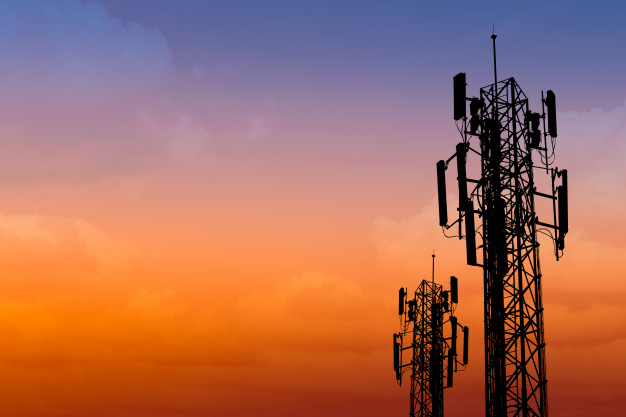Pros and Cons of Microwave Radio-Communication
Thanks to the advanced technology, Microwave radio technology is kicking its way to the world of telecommunication. The microwave radio signals of 500 MHz to 300 GHz are one of the excellent representation of high frequency. Typically, these signals are considered as short wavelengths of particular electromagnetic waves.
In telecommunication, there are 35% of the category of communication that is regulated under microwave radio transmission systems. One of the examples of microwave radio communication systems are feeder service or known as intrastate microwave and long haul which can operate betwixt 15 miles to 4,000 miles.
The Pros of Microwave Radio Communication
Below are the following advantages of microwave radio communication:
Transmit Large Volume Data
Because of the high frequencies they emit, they are more than capable of displaying a large volume of information. By utilizing microwave repeaters, this system can transfer data even if the receiver is located on the other side of the world.
If the repeater receives the transmission signal, it’ll pass-through to a significant conversion into an electrical frequency and re-transmit it again as a microwave signal. Microwave radio communication system emits signals through the earth’s atmosphere. The same formula goes to sending and receiving data from your cellular phones.
Receivers are located on the top of the towers and signals are sent and deliver back to receivers. Before this, microwave radio systems transfer several data frequencies between particular points without utilizing wire cables or any fiber optics.
Low Costs
Compared to other types of data transmissions like wire-line technologies, this system is not that expensive and have low construction expenses. Generally speaking, there’s no need to use for expensive equipment or tools like cables. Because an example of attenuation equipment is the devices that regulate the signal strength during the transmission process.
Some of the examples of inexpensive bases for microwave radio systems are rooftops, mountains, and hills since it provides the required level of height to transmit signal.

The Cons of Microwave Radio Communication
Below are the following disadvantages of microwave radio communication:
Degrades with Electromagnetic Interference
When an electromagnetic interference or EMI occurs during the transmission process, it’ll weaken the microwave signal’s performance. Examples of EMI are electric power transmission, electric motors, and wind turbines interrupt microwave communication.
For instance, wind turbines disperse radio, TV signals, microwave, and TV signals when it transmits the signal to receivers from the transmitters. Also, heavy moisture like rain, god, and snow interrupts microwave radio communication.
Solid Objects
Unfortunately, microwave radio communication doesn’t pass through solid objects. For example, you want to send a signal to another city; it can create problems, especially if tall mountains and buildings are present in that area.
But there’s a solution for that case, erect the repeaters between the two towers making sure that object will act as an obstruction. When that happen, the solid objects and the ionosphere have the chance to block off signals. Have you heard about moon bouncing? It is a moon-earth-moon type of communication where it bounces off the signal to the moon.
For more information about telecommunication and services, visit the link to find out more here.







